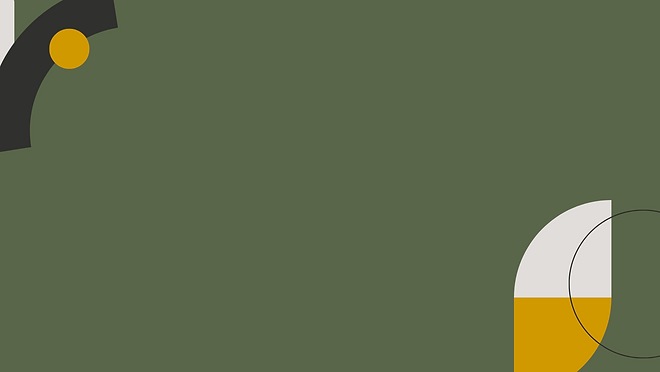My Design Approach
1 / Analysis
The need is uncovered and the relationship starts with the client and SME. These relationships are the two critical partnerships when building out training for the learner.
I have had clients who were: SMEs, set on structure, delivery method, or generally unwilling to work with someone to build training that is learner-focused. My approach to this is always the same, it is a partnership. I am willing to learn from them, gather more information to better understand the need, and coach them along the way. Most people know little about training, because no one's ever taught them. It's important to take ownership of that training gap and fill it to help build learner-focused training.
In an ideal world, at the end of the needs analysis we'd be able to build out training outcomes so that I can move onto the design right away. This means bringing concepts like Bloom's into the meeting in an easily consumable way to make sure the Client and I are in alignment for what is needed for the learners to do/know.
2 / Design
The structure is built for for the training.
For this, I love using CPR . If you're not familiar, it's a concept by Bob Pike that keeps participation at the center of training. It stands for "Content - Participation - Revisit" and allows the training to focus on hands-on practice and help to prepare them for on-the-job tasks.
Again, the client is a partner. Depending on the partner, my approach to building changes. As I've already said, Ideally, I'd be able to have outcomes by the end of the needs analysis. Doing that, means more time to build out an outline -- or even better a storyboard. Once I have, I love to rope in the client or SME depending, and have one final review before we hit the ground running and develop.

3 / Develop
The training grows legs.
Depending on the format, this looks different for each one. My personal approach to training is always the same, let the learner do and support them along the way. I love the use of micro-learnings, interactive elearnings or practice scenarios, and job aids, in combination with hands-on activities. The more the learner can do and practice before they leave training, the better.

4 / Implement
What was just built is fine-tuned and tested.
I hate to sound like a broken record, but this step really varies based on the delivery format of the training. What I'd like to highlight in this step, is the feedback that is received. As much as I'd like to think I build out the best trainings ever, the only thing that matters is how beneficial it is to the learners going through it. Feedback is essential to help make that possible -- especially if you can get a variety of people to provide it.
5 / Evaluate
The final review of how the training went.
Ideally, the training will be evaluated throughout the process and this
step is able to be a final review -- using Kirkpatrick's model you're able to verify if
the training achieved what it was meant to. To do this, I think it's helpful to
partner
with the team lead (or call coaches, etc.) to assess on the job changes.


The Creme
de la Creme
There was a lot covered above. If I can recap the most important, nothing is more important to training than the learner experience. The learner is the most important thing to keep in mind when building out a course.
Allowing the learner to do, have hands on practice, and put to use what has just been uncovered Is the key to an effective course. Every learner is different but allowing them to try, and maybe even struggle at first, can help them to learn long-term.